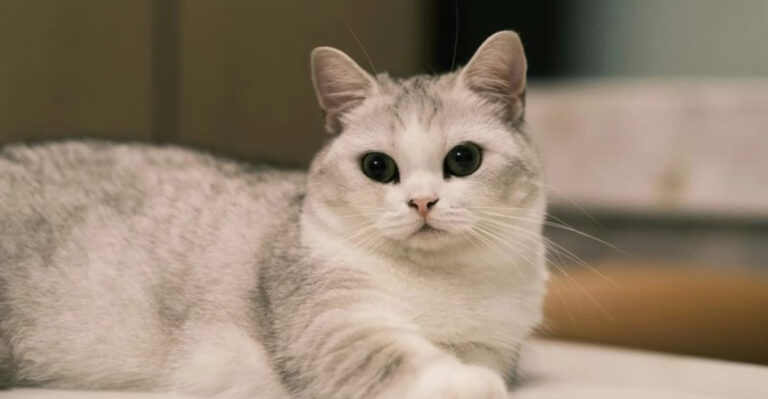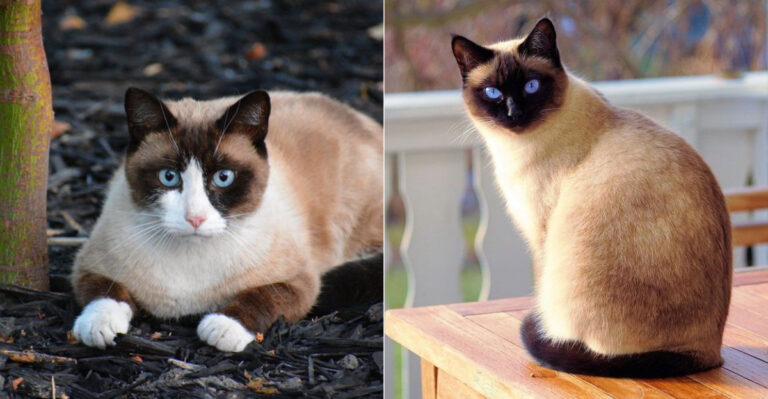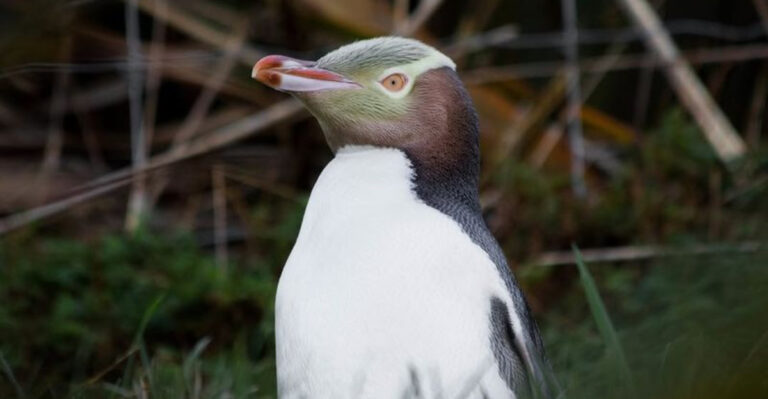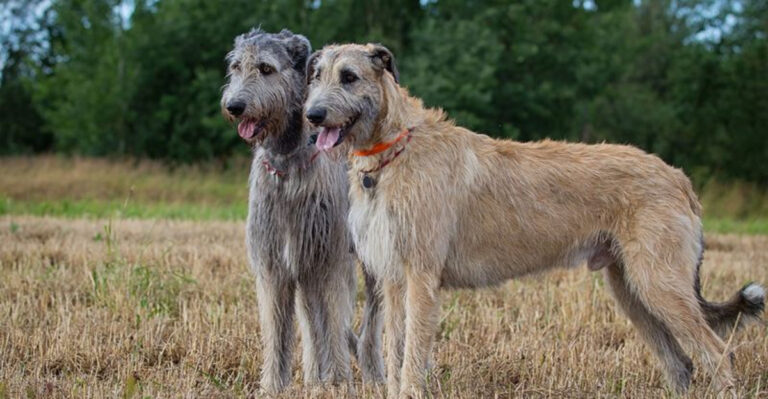10 Cat Breeds That Rarely Meow And 5 That Won’t Stop Talking
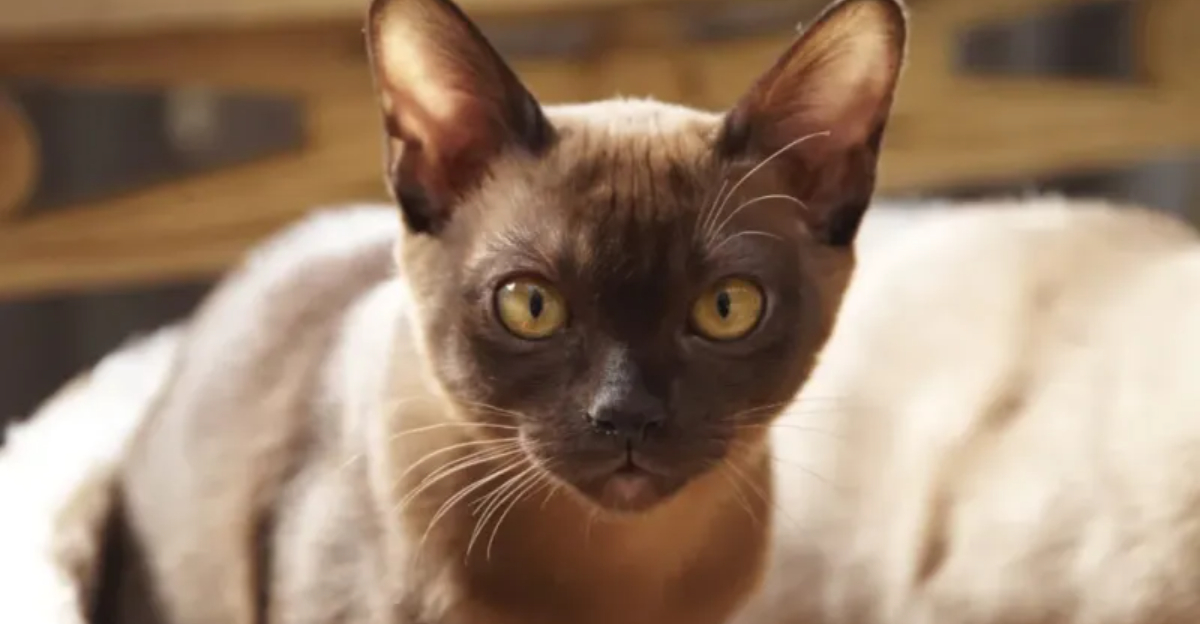
Ever wondered why some cats seem to have endless conversations while others barely make a peep? Cat breeds vary dramatically in their vocal tendencies.
Some felines prefer to silently judge you from across the room, while others won’t hesitate to wake you at 3 AM with their opinions. Let’s explore which cats keep quiet and which ones might have you reaching for earplugs!
1. Russian Blue
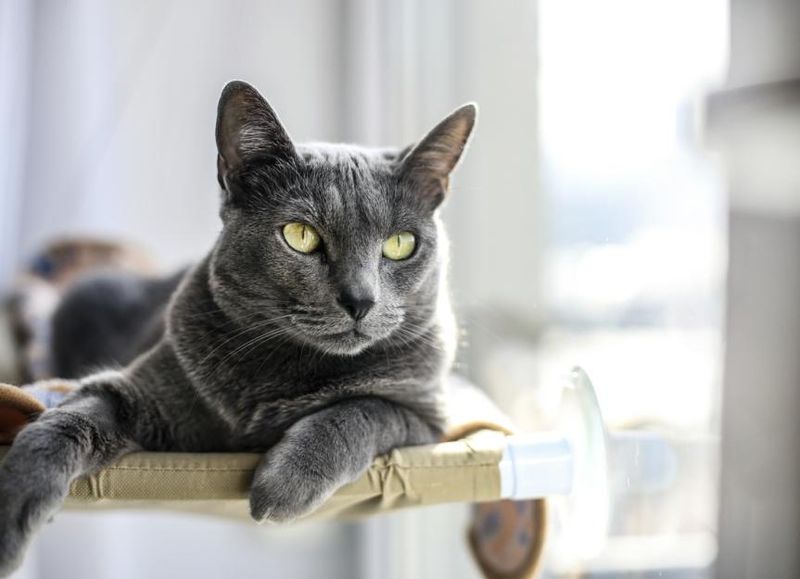
These silver-blue beauties are the ninjas of the cat world. Reserved and thoughtful, Russian Blues rarely vocalize unless there’s a genuine emergency like an empty food bowl.
When they do speak up, their voices are surprisingly soft and melodic. Many owners report going days without hearing a single meow from these dignified companions.
2. British Shorthair
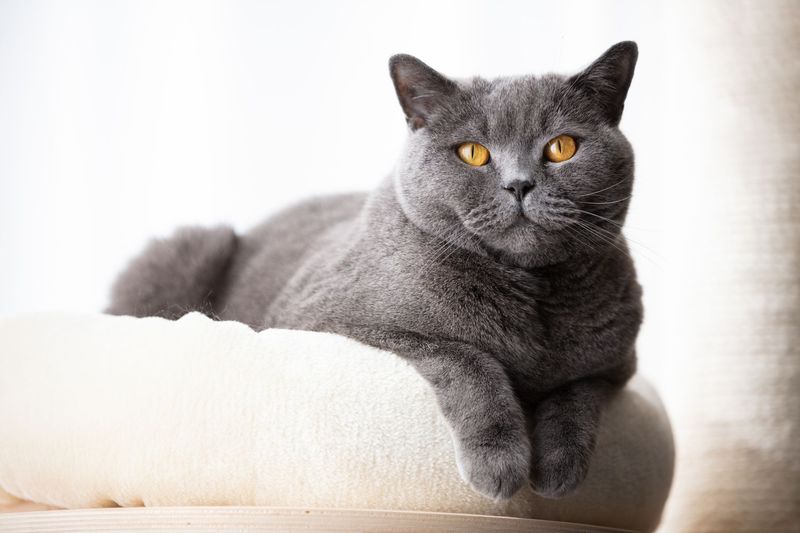
Famous for their plush teddy-bear appearance, British Shorthairs prefer showing affection through presence rather than proclamation. These round-faced charmers communicate primarily through slow blinks and contented purrs.
Their laid-back attitude extends to their vocal cords. When they do speak, it’s typically a brief, polite chirp rather than a demanding meow.
3. Bengal
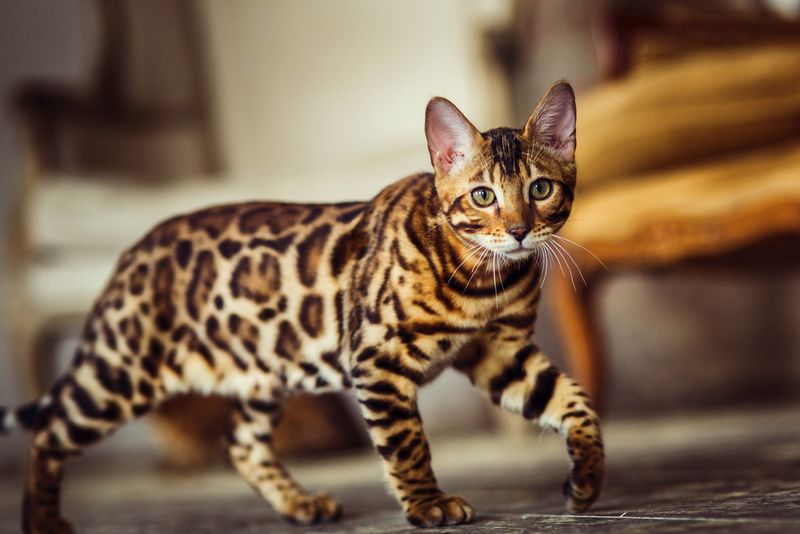
Don’t let their wild appearance fool you! Despite their energetic nature, Bengals are surprisingly quiet cats. These spotted athletes prefer to channel their energy into climbing and playing rather than vocalizing.
Instead of meowing, they might chirp or trill when excited. Their leopard-like silence makes sense given their ancestry—stealth is key when stalking prey!
4. Chartreux
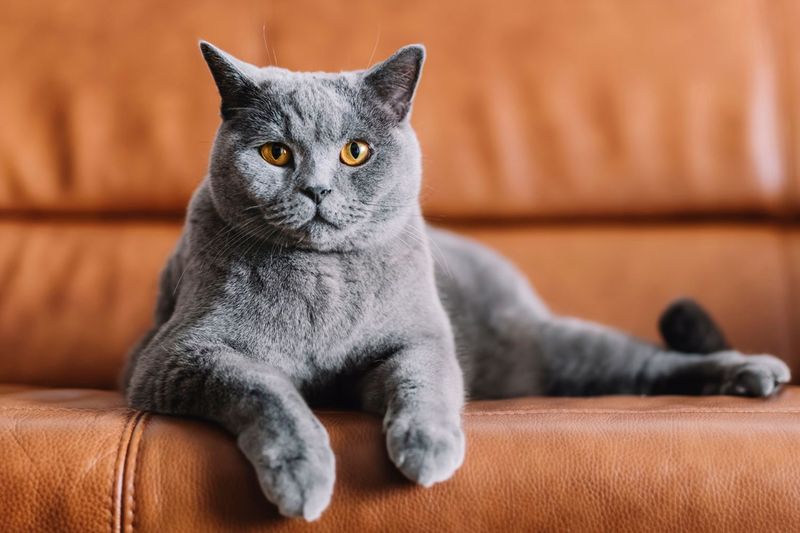
With their signature “smiling” expression, Chartreux cats have been cherished companions since medieval times. These blue-gray mousers communicate primarily through expressive eyes and subtle body language.
French monks once valued their quiet nature in monastery settings. When Chartreux do vocalize, it’s often a soft chirp or trill rather than a traditional meow—almost as if they’re whispering secrets.
5. Scottish Fold
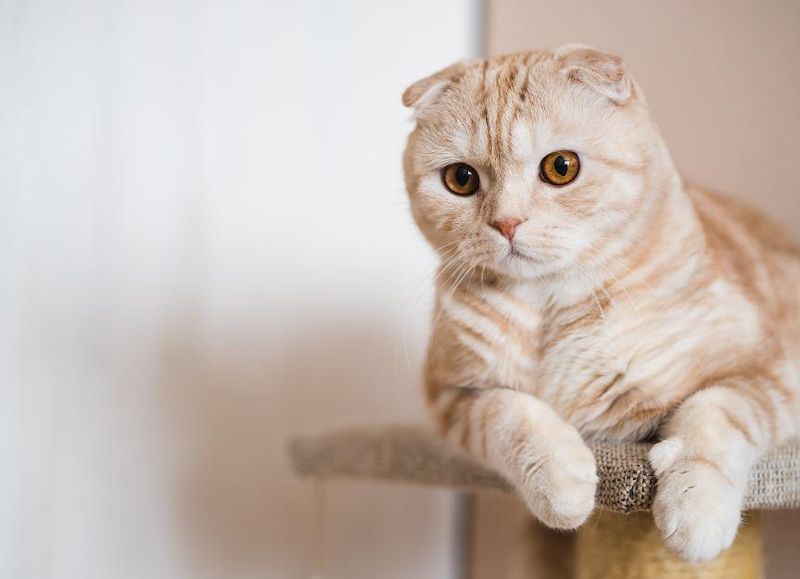
Those adorable folded ears aren’t the only distinctive trait of Scottish Folds—their quiet demeanor is equally noteworthy. These sweet-natured felines prefer to express themselves through cuddles rather than calls.
Often described as “owl-like” in appearance, they match their forest namesake in their tendency toward silence. Scottish Folds typically save their gentle voices for truly important announcements like dinner time.
6. Ragdoll
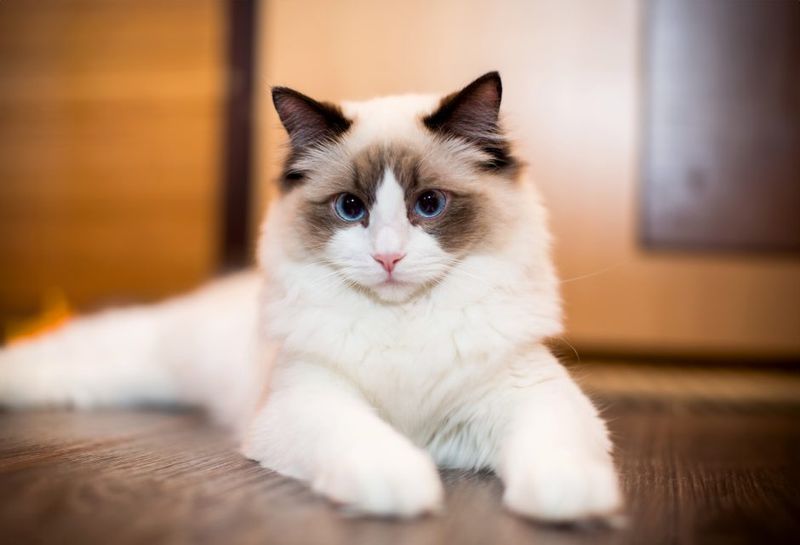
Named for their tendency to go limp when held, Ragdolls bring peace and quiet to any household. These gentle giants prefer expressing affection through flopping into your lap rather than demanding attention vocally.
Their soft, occasional chirps contrast sharply with their impressive size. Many Ragdoll owners report being startled when their normally silent companion suddenly speaks up after days of peaceful quiet.
7. Maine Coon
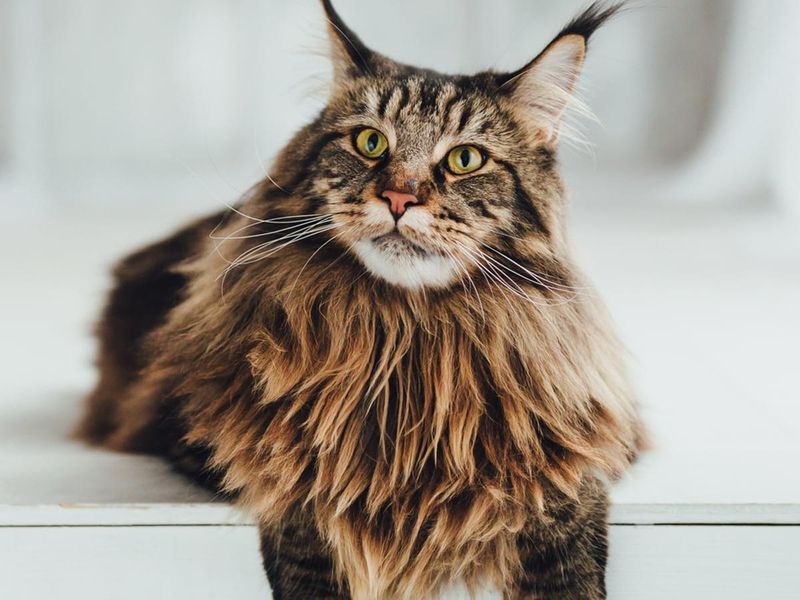
Despite their imposing size, Maine Coons are known for their surprisingly delicate voices. These woodland-adapted cats communicate through soft trills and chirps rather than loud meows.
Their vocal restraint seems almost comical given their massive paws and tufted ears. When a Maine Coon does speak, the tiny sound coming from such a magnificent beast often catches first-time owners completely off guard!
8. Birman
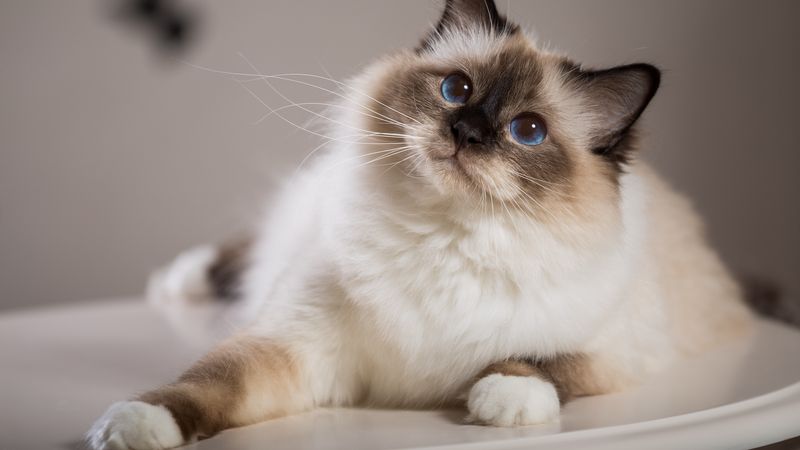
According to legend, Birmans were temple companions in ancient Burma, where their quiet nature was considered spiritually significant. These blue-eyed beauties with distinctive white “gloves” rarely disturb the peace with unnecessary chatter.
Their communication style relies heavily on meaningful gazes and gentle headbutts. When Birmans do vocalize, it’s typically a soft, musical sound that seems to fit their mystical heritage.
9. Oriental Shorthair
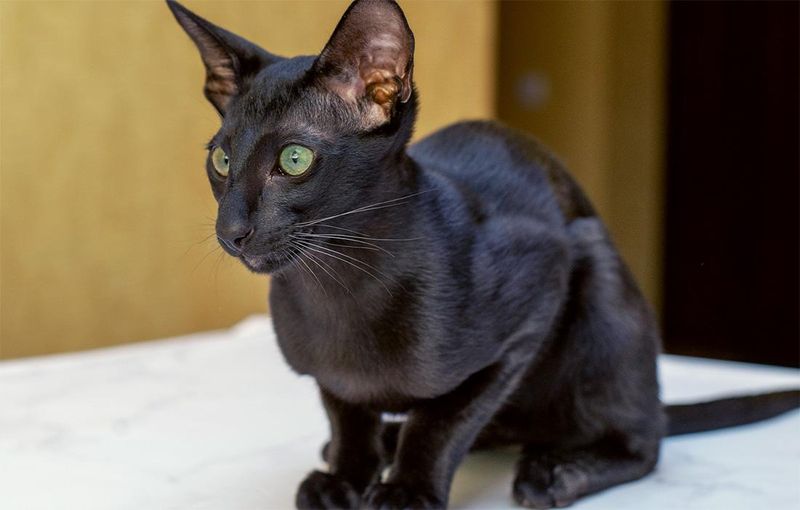
Unlike their chatty Siamese cousins, Oriental Shorthairs tend to keep conversations brief and meaningful. These sleek, elegant cats have a more reserved vocal approach despite their similar appearance to the talkative Siamese.
Their slender bodies and almond-shaped eyes express volumes without sound. When they do speak, it’s typically with purpose rather than the endless commentary their relatives are known for.
10. American Shorthair
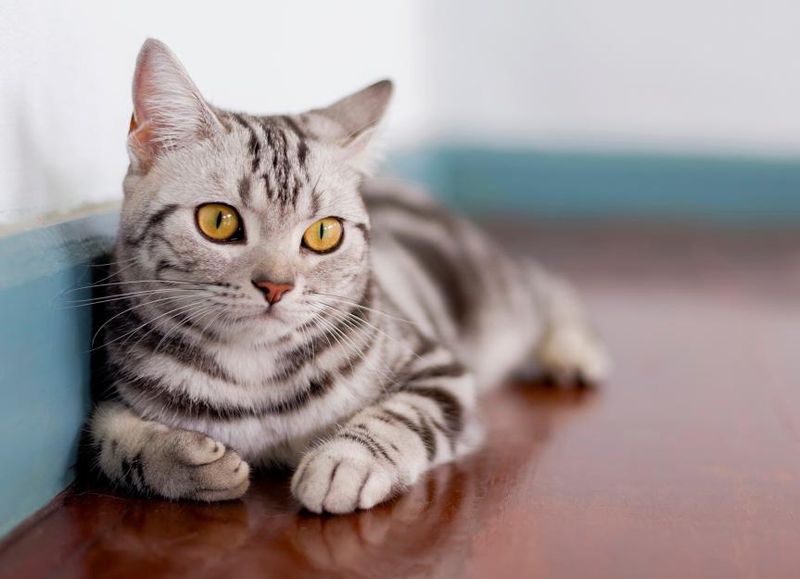
Descended from working cats who earned their keep controlling rodent populations, American Shorthairs developed a practical approach to communication. These sturdy, independent felines save their voices for truly important matters.
Their quiet confidence reflects their history as self-sufficient hunters. Rather than constant meowing, American Shorthairs prefer to communicate through purrs, head bumps, and the occasional brief chirp.
11. Siamese
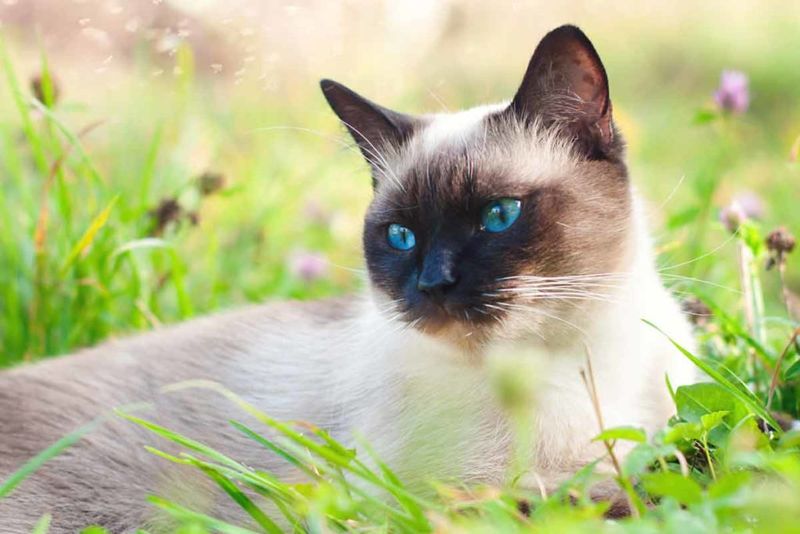
Renowned for their striking blue eyes and even more striking opinions, Siamese cats never got the memo about indoor voices. These vocal virtuosos have a distinctive yowl that’s been compared to crying babies!
Their talkative nature dates back to their royal Thai heritage. Legend says Siamese were once tasked with guarding royal treasures—perhaps explaining why they still announce everything they see as if it’s breaking news.
12. Burmese
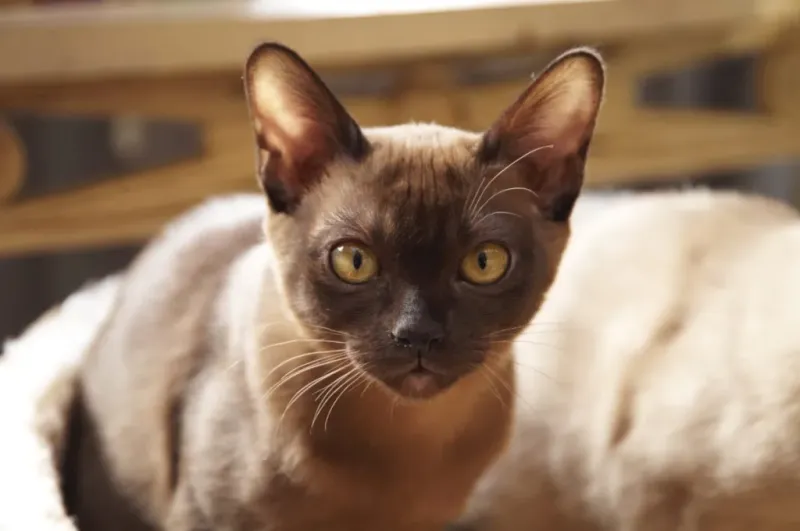
With their silky coats and even silkier voices, Burmese cats are the smooth-talking charmers of the feline world. These social butterflies view conversation as an essential part of every relationship.
Their sweet-toned chatter isn’t as harsh as some vocal breeds. Burmese cats modulate their voices with surprising range—from gentle requests to insistent demands when dinner is five minutes late.
13. Oriental Longhair
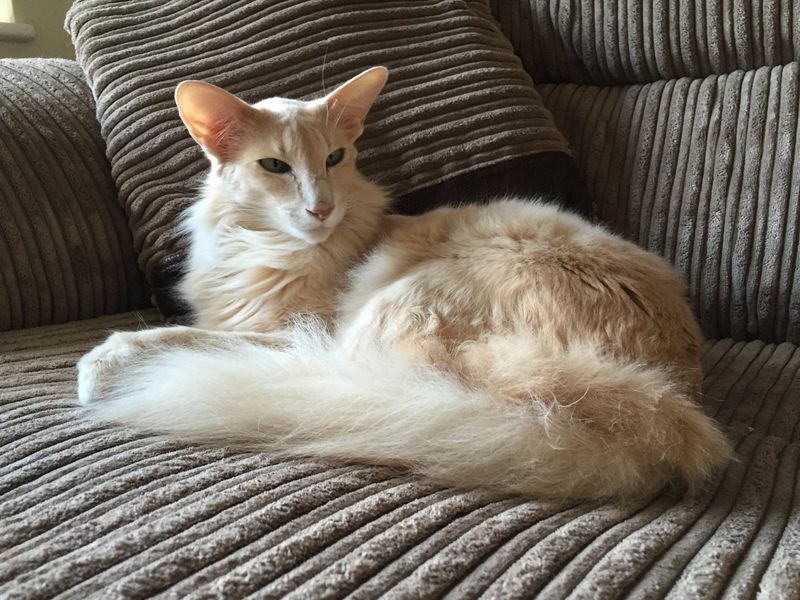
Imagine wrapping the chatty personality of a Siamese in a glamorous fur coat, and you’ve got the Oriental Longhair. These stunning cats combine elegant appearance with decidedly inelegant volume levels.
They’ll narrate everything from birds outside the window to dust particles floating in sunbeams. Many owners describe living with Oriental Longhairs as having a furry commentator providing play-by-play analysis of household activities.
14. Tonkinese
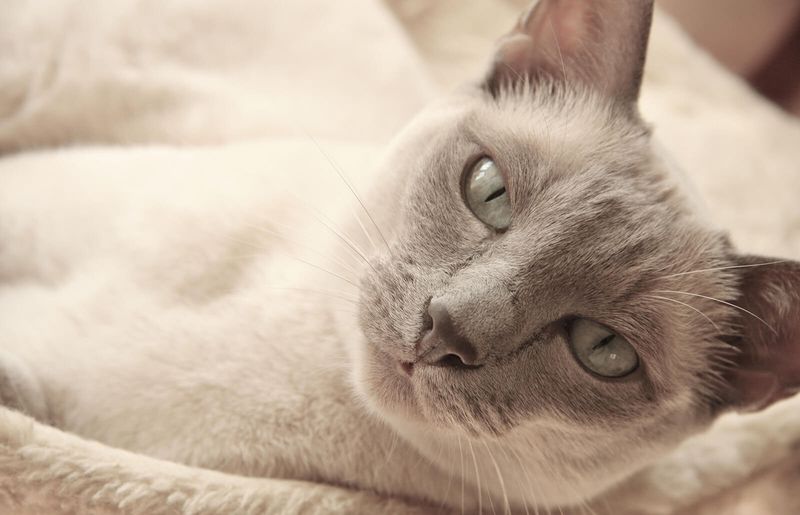
Born from crossing Siamese and Burmese cats, Tonkinese inherited the vocal tendencies of both parent breeds. These mischievous middle-grounders have a lot to say and aren’t shy about expressing it!
Their voices tend to be softer than Siamese but more frequent than most breeds. Tonkinese are famous for their interactive conversations—they genuinely seem to expect responses when they talk to their humans.
15. Abyssinian
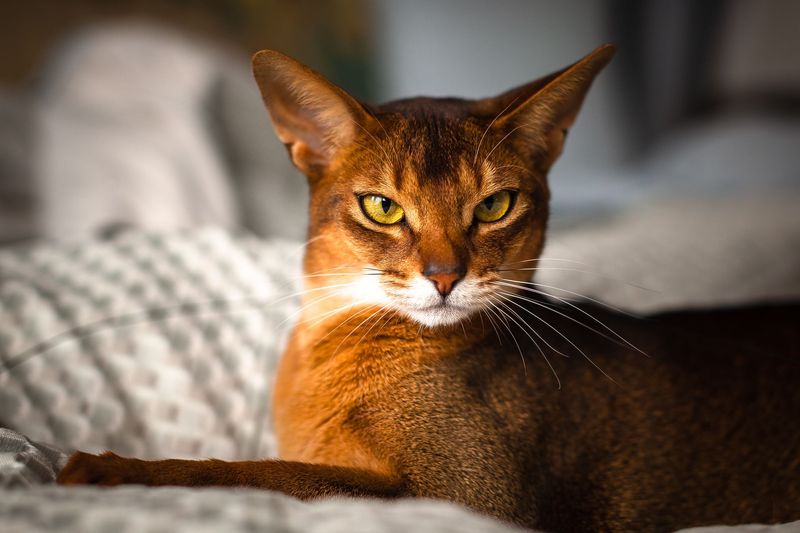
Often called the “clowns of the cat world,” Abyssinians pack big personalities into their ticked coats. While not as vocal as Siamese, these active adventurers aren’t shy about expressing their excitement through chirps, trills, and chatters.
Their vocabulary seems specifically designed for commentary on their latest discoveries. An Abyssinian who’s just conquered the top of the refrigerator will happily announce this achievement to everyone in earshot.

